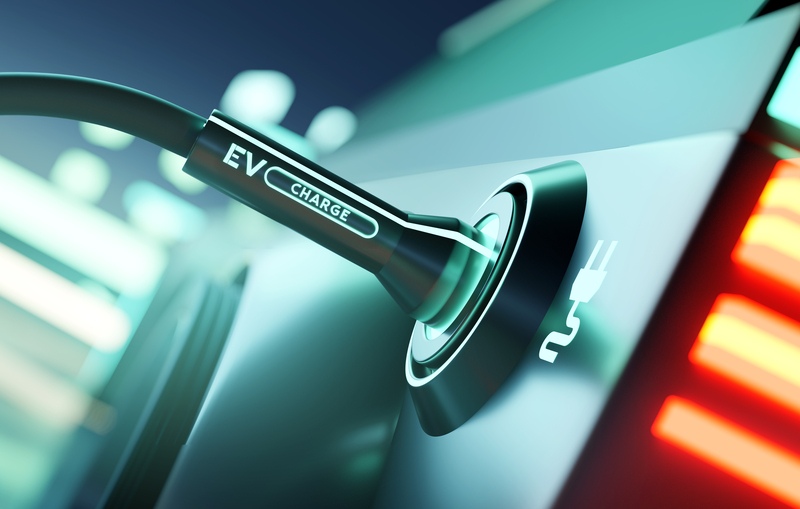Energy Storage vs. Power Boosting: What’s the Difference?

EV charging is a prime example of the classic supply and demand problem. As the production and adoption of EVs increase, there will be greater demand for electrical power. But existing power grid limitations pose a challenge to deploying a vast, ultra-fast EV charging infrastructure that will ensure drivers will be able to charge their vehicles wherever needed.
Apart from upgrading the existing grid infrastructure, there are two main solutions to this challenge: either storing the available energy to be used at a later time (capacity-oriented) or using power boosters to amplify the existing supply on demand (power-oriented). In this blog, we will explore the main differences between the two approaches.
What is an Energy Storage System?
As its name suggests, energy storage is a device that is able to store energy to be used when needed. In EV and electricity applications, energy storage is used when energy is drawn directly from the power grid (or alternative energy source) during off-peak/less expensive times when capacity is high and is then stored and accessed during peak times when it would be more difficult or costly to access directly from the source.
The main purpose of energy storage is to increase capacity by complementing available grid power. There are several different types of energy storage systems available.
For EV energy storage, to date, most charging sites rely on BESS (battery energy storage systems) using LI-ion batteries due to their relatively high capacity density, maturity, and cost.
What is a Power Booster?
Instead of storing energy for later use, a power booster aims to make the existing infrastructure more powerful by providing bursts of high energy in short times at the highest possible speed. The power booster charges itself slowly from the available electric grid and then delivers the energy at a much higher rate when it’s needed.
Similarly, in EV charging, a power booster can amplify the existing power so that without any infrastructure upgrades, the power supply at a site can charge an EV in 15 minutes instead of an hour (boosting available power by up to 3-4 times).
Flywheel vs. Battery-Powered Boosters
While both flywheel and battery-powered boosters provide a solution, there are differences between them that are significant in multi-cycle, high-power applications:
- Methodology – A battery stores energy using chemical reactions, while flywheel energy storage relies on kinetic energy to store and then release the power faster.
- Charging cycles – batteries provide about 5,000 cycles, while flywheel provides over 200,000 cycles.
- Lifespan – batteries last around three years, while flywheels last for 15 or more years.
- Environmental Impact – Because of batteries’ composition of rare earth metals and materials, they are nearly impossible to recycle and are becoming hard to produce. Flywheels, on the other hand, can be made from environmentally friendly materials that have a long lifespan and can be reused and recycled.
- Safety – batteries are made of toxic and flammable chemicals, and the process of manufacturing and disposing of them is not environmentally friendly. Flywheels have minimal risk of fire.
| Battery | Flywheel | |
| Mechanism of storing energy | Chemical reactions | Kinetic energy |
| Charge/discharge cycles before end of life | A few thousand | Practically unlimited |
| Toxic and flammable? | Yes | No |
| Construction and disposal | Environmentally-harmful | Sustainable |
| Temperature sensitivity? | Yes | No |
| Physical size per unit of energy | Small | Large |
When to use Energy Storage Systems and When to use Power Boosters
While both offer robust solutions to the challenges posed by having a greater number of EVs on the roads, there are certain situations when one is preferable over the other.
Energy storage is the right solution when the goal is to increase capacity so that the charging station can function at all hours of the day, but rapid charging is less of a goal. This is primarily relevant for level 1-2 charging (AC slow chargers) in areas where there may not be a reliable supply of energy from the grid during peak hours, but drivers are not specifically looking for ultra-fast charging.
Power boosters, on the other hand, are the ideal solution to solve the challenge of rolling out ultra-fast EV chargers in locations with limited grid power without needing to upgrade the grid and can increase the number of cars that can access ultra-fast charging at one charging station. For example, public charging stations on highways and commercial properties need to service multiple cars at once within a limited time frame.
So, Which is Best for YOU?
Both battery energy storage systems and power boosters can provide charging station providers with great solutions for enabling EV charging practically anywhere, peak-shaving, and power stability. If the main focus is on capacity, battery storage may be the right solution. But if the idea is to increase the power and provide faster charging, then power boosters are the way to go.
When building a charging network, the most important thing to keep in mind is to choose the solution that works best with your business model, operational expenses, and goals.
